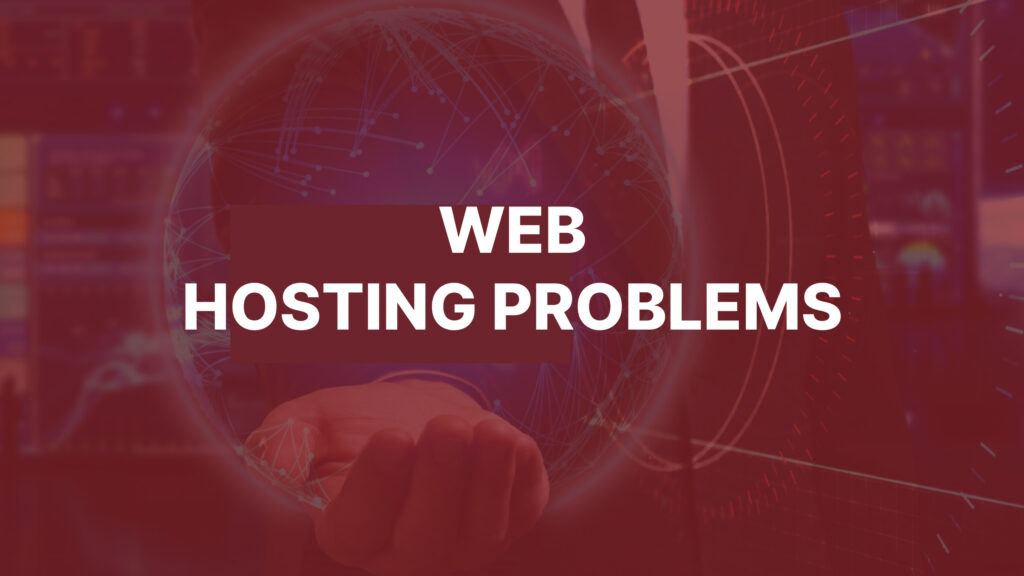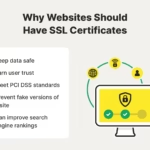Introduction
Hosting issues can be a nightmare for any website owner. They disrupt user experience, impact your site’s credibility, and even affect your business revenue. But fear not! With the right approach and tools, you can resolve these problems like a pro. In this guide, we’ll explore the most common hosting issues and how to fix them effectively. Whether you’re a newbie or a seasoned pro, this article will help you master the art of solving hosting issues.
Common Hosting Issues
Let’s dive into some of the most frequent hosting challenges and why they occur:
- Slow Website Loading Times
- Cause: Insufficient server resources, high traffic, or unoptimized images.
- Impact: Frustrates users and reduces your search engine ranking.
- Downtime or Server Crashes
- Cause: Overloaded servers, poor hosting quality, or DDoS attacks.
- Impact: Leads to lost revenue and a negative brand image.
- SSL Certificate Errors
- Cause: Expired or incorrectly installed SSL certificates.
- Impact: Displays security warnings and drives users away.
- Email Hosting Problems
- Cause: Incorrect DNS settings or server misconfigurations.
- Impact: Missed communications and a lack of professionalism.
- Exceeding Bandwidth Limits
- Cause: Traffic spikes or hosting plans with low bandwidth.
- Impact: Site becomes inaccessible, frustrating users.
Step-by-Step Troubleshooting Guide
Here’s how you can tackle these hosting issues like a pro:
- Slow Website Loading Times
- Use tools like Google PageSpeed Insights or GTmetrix to analyze site speed.
- Compress images using plugins or tools like TinyPNG.
- Upgrade to a hosting plan with better resources, such as VPS or cloud hosting.
- Downtime or Server Crashes
- Check your hosting provider’s server status.
- Use monitoring tools like UptimeRobot to track site uptime.
- Switch to a more reliable hosting provider, like Finxhost.
- SSL Certificate Errors
- Verify if your SSL certificate is valid and correctly installed.
- Use online tools like SSL Labs to diagnose SSL issues.
- Renew your SSL certificate through your hosting provider or install a free one from Let’s Encrypt.
- Email Hosting Problems
- Double-check your DNS records for accuracy (e.g., MX, SPF, DKIM).
- Contact your hosting provider for advanced troubleshooting.
- Consider switching to a professional email hosting service if issues persist.
- Exceeding Bandwidth Limits
- Monitor your website’s traffic with tools like Google Analytics.
- Optimize your site’s resources, such as caching and minimizing scripts.
- Upgrade to a hosting plan with higher bandwidth limits, such as the tailored solutions we offer at Finxhost, designed to grow with your needs.
Tips for Preventing Hosting Issues
Prevention is always better than cure. Here are some proactive steps to avoid hosting problems:
- Keep Software Updated: Regularly update your CMS, plugins, and themes to avoid compatibility issues.
- Back Up Regularly: Schedule automatic backups to restore your site quickly in case of issues.
- Monitor Website Performance: Use tools like Pingdom to identify potential problems early.
- Choose a Reliable Hosting Provider: Hosting quality matters. Finxhost offers reliable uptime, excellent customer support, and scalable solutions.
Conclusion
Hosting issues can seem daunting, but with the right knowledge and tools, they’re manageable. By understanding the common problems, implementing the troubleshooting steps, and following preventive measures, you can keep your website running smoothly. Remember, a reliable hosting provider like Finxhost can make all the difference in minimizing hosting issues. Ready to take control of your website hosting? Explore Finxhost today!



